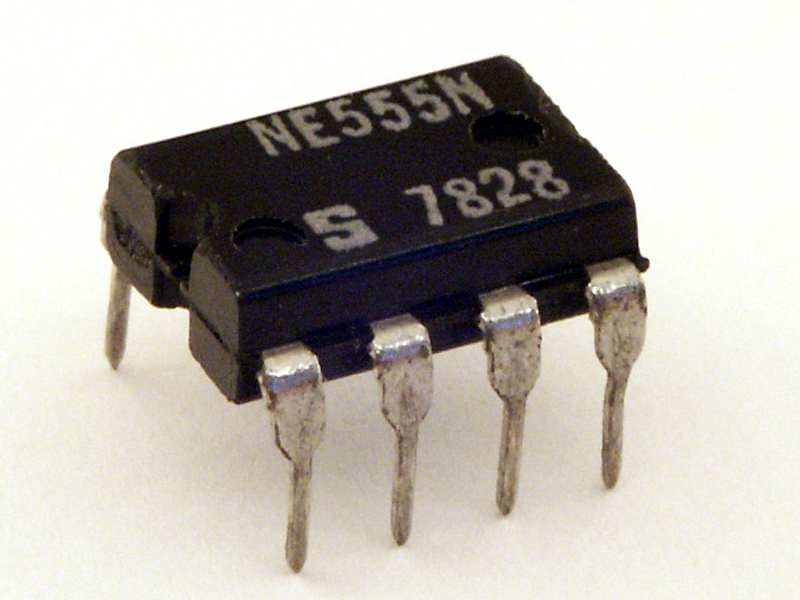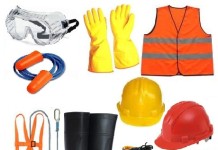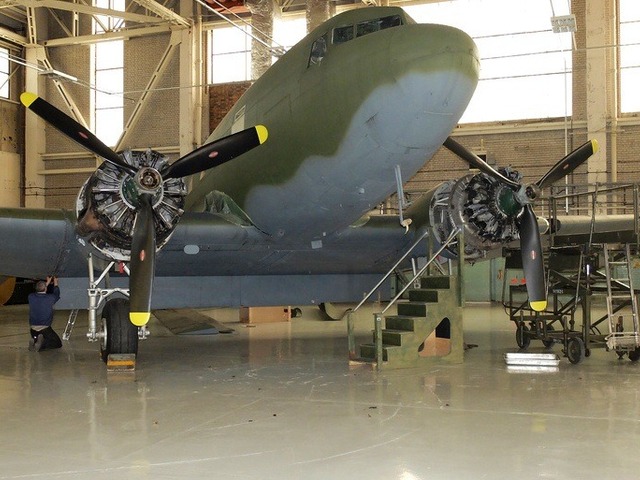screw joint


A screw joint is a one-degree-of-freedom kinematic pair used in mechanisms.[1] Screw joints provide single-axis translation by utilizing the threads of the threaded rod to provide such translation. This type of joint is used primarily on most types oflinear actuators and certain types of cartesian robots.
Sometimes, two round tie rods, as shown in Fig. 3., are connected by means of a coupling known as a turnbuckle. In this type of joint, one of the rods has right hand threads and the other rod has left hand threads. The rods are screwed to a coupler which has a threaded hole. The coupler is of hexagonal or rectangular shape in the centre and round at both the ends in order to facilitate the rods to tighten or loosen with the help of a spanner when required. Sometimes instead of a spanner, a round iron rod may be used. The iron rod is inserted in a hole in the coupler as shown dotted in Fig. 3.

A turnbuckle commonly used in engineering practice (mostly in aeroplanes) is shown in Fig. 4. This type of turnbuckle is made hollow in the middle to reduce its weight. In this case, the two ends of the rods may also be seen. It is not necessary that the material of the rods and the turnbuckle may be same or different. It depends upon the pull acting on the joint.
A screw joint is a one-degree-of-freedom kinematic pair used in the mechanisms. Screw joints provide single-axis translation by utilizing the threads of the threaded rod to provide such translation. This type of joint is used primarily on most types oflinear actuators and certain types of cartesian robots.
Reference A Textbook of Machine Design by R.S. Khurmi and J.K. Gupta













